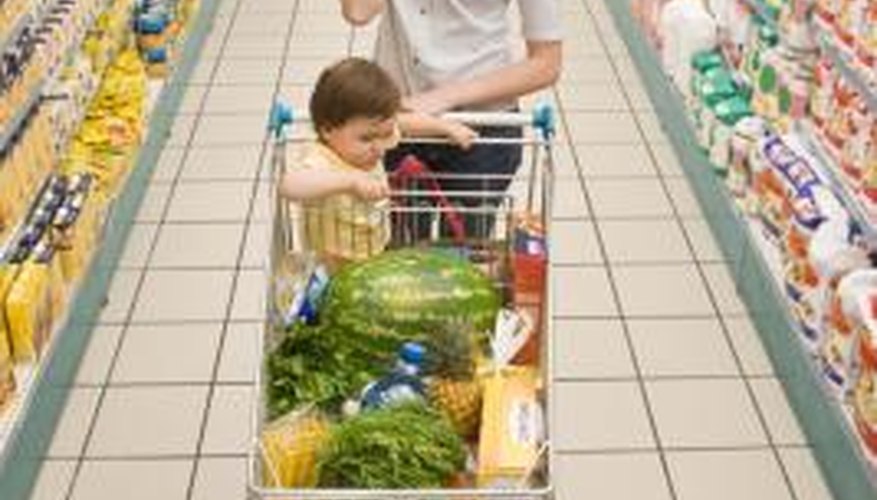Aseptic packaging is made 70 per cent of paper, 24 per cent of polythene plastic and 6 per cent of aluminium. The aseptic packaging process involves sterilising the product and the packaging separately and bringing them together in a sterile environment for the packing. Food stuffs packaged aseptically can keep for up to six months, and the product typically will be of better quality than other products packaged in more traditional ways like canning because the foodstuff is flash heated -- i.e., made very hot but only for a short period of time.
- Aseptic packaging is made 70 per cent of paper, 24 per cent of polythene plastic and 6 per cent of aluminium.
- The aseptic packaging process involves sterilising the product and the packaging separately and bringing them together in a sterile environment for the packing.
Sterility of Equipment
While it is relatively straightforward to sterilise the foodstuff and the packaging, it is not so easy to ensure the sterility of all the equipment used in the process of aseptic packaging. A listeria outbreak in Massachusetts in 2007 was found to have come from a piece of equipment used to fill packaging.
Health Issues
Chemical sterilants or hot chlorinated water are used for sterilisation of packaging and processing equipment. This, unfortunately, has the potential to create toxic or carcinogenic compounds. It is also difficult to rid the environment of the chlorine after use.
Cost Concerns
The heat involved in the process is very energy intensive, and it is also necessary to keep and transport the chlorine in containers specially designed for the purpose, which is expensive.
Environmental Issues
While the packaging-to-food ratio using aseptic methods seems good environmentally -- it is 6 per cent to 94 per cent, respectively, some countries, like Australia, do not currently have the facilities to recycle it. Countries that can recycle it make products like paper towels or writing paper.
Slow Start in Food Market
While the 2009 Global Aseptic Packaging report from Zenith International and Warrick Research pointed out that 86 billion litres of product had been packaged in 187 billion packages during 2008, 85 per cent of these products were milk or beverages. The adoption of the technique in the food industry had been comparatively disappointing. However, this trend was changing, with some niche areas like the baby food industry moving more toward using aseptic packaging techniques.
